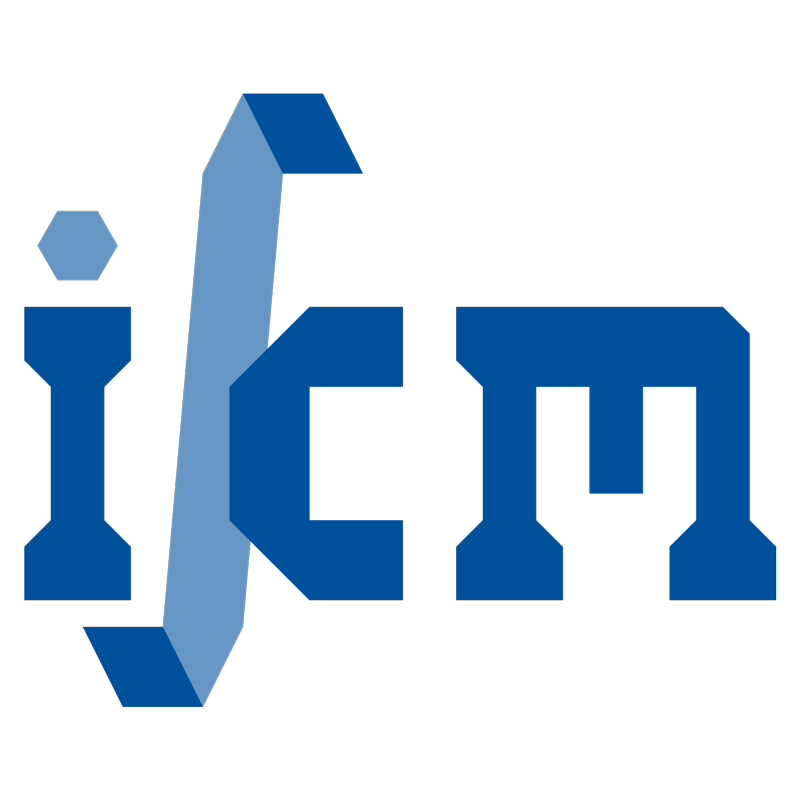Mixed virtual element formulations for incompressible and inextensible problems
- authored by
- Christoph Böhm, Jože Korelc, Blaž Hudobivnik, Alex Kraus, Peter Wriggers
- Abstract
Locking effects can be a major concern during the numerical modelling of elastic materials, especially for large strains. Those effects arise from volumetric constraints such as incompressibility or anisotropic effects of the underlying material class. One particular solution strategy is to employ mixed formulations, which provide solutions tailored to the specific locking phenomena at hand. While being in general powerful, one drawback of such solution strategies is that the provided strategy to overcome locking is often tied or limited to some specific topological type of finite elements and thus forfeiting generality. Contrary the Virtual Element Method (VEM) benefits by definition from allowing arbitrary element shapes and number of nodes at element level. A variety of approaches for the treatment of locking phenomena for hyperelastic material is formulated in this contribution for the Virtual Element Method with a low order ansatz. Key ingredient to the implementation of multi-field mixed principles in VEM is the consideration of only one constant variable per field and one corresponding Lagrange multiplier over the entire virtual element. Hereby the stabilization contribution utilizes the mixed formulation but shares the element-wise constant variable with the projection part of the virtual element. A direct consequence of this rather simple implementation strategy is the combination of powerful mixed formulations with a computational approach that is able to treat general element shapes. The proposed formulations are tested with regard to structured mesh at standard examples in computational mechanics as well as at specific computational engineering applications where also unstructured meshes are utilized.
- Organisation(s)
-
Institute of Continuum Mechanics
PhoenixD: Photonics, Optics, and Engineering - Innovation Across Disciplines
- External Organisation(s)
-
University of Ljubljana
- Type
- Article
- Journal
- Computational mechanics
- Volume
- 72
- Pages
- 1141-1174
- No. of pages
- 34
- ISSN
- 0178-7675
- Publication date
- 12.2023
- Publication status
- Published
- Peer reviewed
- Yes
- ASJC Scopus subject areas
- Computational Mechanics, Ocean Engineering, Mechanical Engineering, Computational Theory and Mathematics, Computational Mathematics, Applied Mathematics
- Electronic version(s)
-
https://doi.org/10.1007/s00466-023-02340-9 (Access:
Closed)
-
Details in the research portal "Research@Leibniz University"


